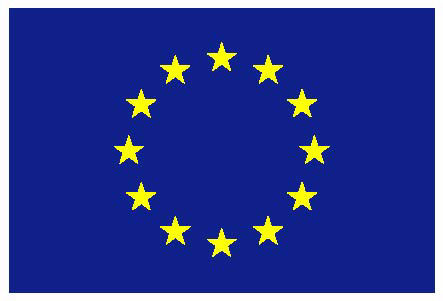Strain-induced interface reconstruction in epitaxial heterostructures
Recent discoveries in material science related to several unexpected properties of epitaxial heterostructures made of different transition metal oxide (TMO) materials, bring in the forefront of interest the problem of interface reconstruction through the development of spontaneous strain at the interface. Lattice distortion close to the interface is known to result in charge redistribution that leads to the formation of a two-dimensional electron gas (2DEG) and metallicity in that region. Most of the TMOs of interest are ferroelastics that undergo structural transitions7 from a cubic/pseudocubic to a lower symmetry phase with decreasing temperature.
Notably, heterostructures containing strontium titanate (SrTiO3), a band-insulator oxide undergoing a cubic-to-tetragonal (CTT) structural transition at Ts around 105K, exhibit extraordinary interfacial properties below Ts; metallicity, superconductivity, and nonlinear Hall effect. Moreover, in LaTiO3/SrTiO3 and LaAlO3/SrTiO3 heterostructures, the structural transition of SrTiO3 causes the overlayers to stabilize in a tetragonal phase with an in-plane lattice constant almost equal to that of SrTiO3 close to the interface. It has been discussed in the past that the electromagnetic properties of TMOs couple to the elastic degrees of freedom. The effect of tensile and compressive strains to the electronic conduction properties at the interface of TMO heterostructures has already been addressed experimentally. Furthermore, strong polarization enhancement in ferroelectric TMO superlattices driven by interfacial strain has been unambiguously observed.
We applied continuous elasticity theory through a Ginzburg-Landau description in terms of the strain tensor components to a heterostructure. Based solely on symmetry considerations, Ginzburg-Landau theory can provide a reliable description of the equilibrium behavior of a system near a phase transition. It has been recently used to show theoretically the emergence of a multiferroic state of a EuTiO3 film on (LaAlO3)0.29(SrAl1/2Ta1/2O3)0.71 (LSAT) substrate, to provide a physical understanding of the strain-induced metal-insulator phase coexistence in manganites, and to explain phase separation between metallic ferromagnetic and insulating charge-modulated phases. We investigated the interfacial effects on the strain state of a bilayer heterostructure, composed of dissimilar TMOs that join at a single planar interface and propose a strain-based mechanism that may help understand the formation of a 2DEG.
In particular, we obtained approximate analytical solutions for the dilatational and the deviatoric strain fields in the bilayer, that exhibit spatial variation due to breaking of the uniformity. Notably, the dilatational strain field exhibits a well-defined minimum at the interface corresponding to local compression6. We argued that the suppression of the dilatational strain field in the interfacial region may encourage the formation of a 2DEG. Of course, the proposed strain-based mechanism does not exclude other possible mechanisms, like, e.g., the orbital and/or the electronic reconstruction mechanisms.
More details can be read in: Physical Review B 84, 245428 (2011)






